-

Cold Water Diver
Diver preparing to drop beneath the surface in an icy lake -
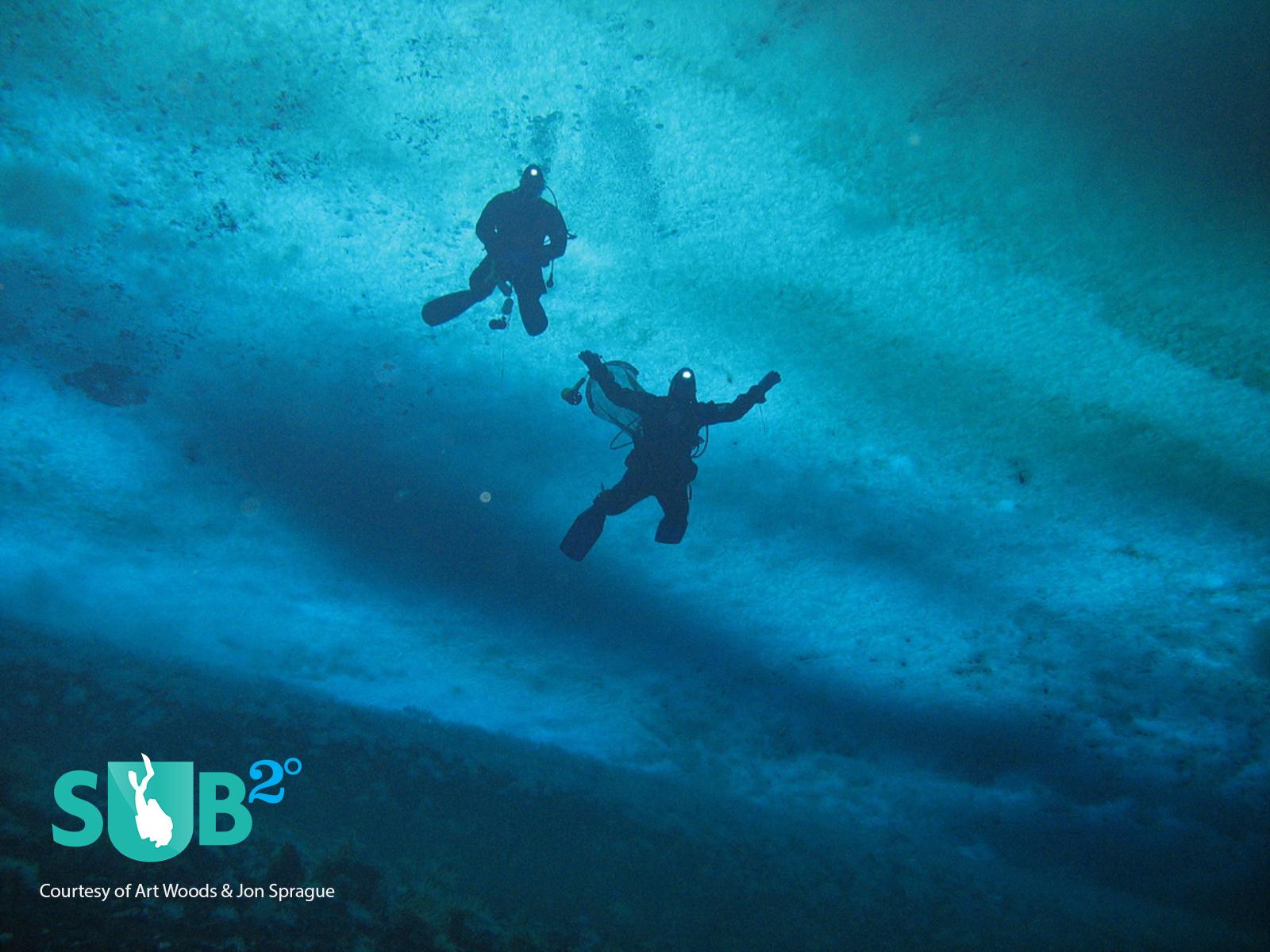
Divers under ice
Divers chilling, literally -

Diver Under Ice
Surrendering to peace and ice...
Don't Pee in the Dry Suit: 5 Tips for Diving Cold Water and Loving It
Unfortunately, cold water diving has one disadvantage; we're warm-blooded mammals, and we like our bodies to stay that way. Keeping warm in a cold water dive is the most intimidating aspect to doing one, but if you ask anyone who's tried, it's a lot easier than it seems. Here are a few tips for making your ventures into the icy deep enjoyable.
1) Use a Drysuit
Drysuits are great. Even if they're more complicated to use, with a drysuit there's no ice cold finger creeping down your neck when you jump in. Also, throughout your dive, you stay a lot warmer and spend a lot less energy (and air!) keeping warm. That means it's possible to stay below the surface for a longer period of time, and with a lower risk of hypothermia.
Getting in the water with a drysuit is more like being outdoors on a bitter-cold day with a good warm jacket on than jumping in the water. Sure, your hands, feet, and head are still exposed but the drysuit makes a world of difference.
There are some technical challenges, however. If you've never used a drysuit, you'll want to take a class. All of a sudden you have a third air volume to manage for buoyancy control, besides your lungs and BC. On the other hand, if you're planning more than one dive a day, the drysuit will soon be indispensable.
2) If You're Diving with a Wetsuit, Do It Right
It's possible to dive in even quite cold (5C) water with a thick enough (7mm) wetsuit. Some people even wear polyester underwear under their wetsuit, but it's not clear how well this can work.
As the temperature drops, extremity protection (excellent boots -- high sided if you can find them -- and three finger gloves) become really important. Priming helps too.
If you dive IN cold water in a wet suit, prime the suit before you jump in. Keep a few liters of warm to hot water in an insulated container. Before you get in the cold water, pour the warm water down the front of your wetsuit until it starts leaking out the ankles. Do the same for boots and gloves.
That way, your body won't have to work to warm up the layer of water trapped beneath the skin and the wetsuit. Some recommend wearing latex surgical gloves under your wetsuit gloves, which keeps the skin dry and reduces heat loss if the water trapped in your gloves starts mixing with the sea.
When you get out of the water, use that hot water to thaw zippers, regulators, or your face and frozen fingers. Just be careful with your fingers. The best way to avoid problems is thawing your hands by squeezing them under your armpits.
3) Stay Warm Out of the Water
The most important thing is to stay warm before going in the water and get warm immediately after getting out, if you can. If you spend 15 minutes in cold wind, that's five minutes less time you can spend under water.
Keep a jacket around to put on or take off when you get in and out of the water. A warm, moisture-wicking hat does wonders for keeping you warm until you add your hood, and as long as it can still insulate when wet, it's great for wearing once you're back on the surface too. If you're going to be walking around in your socks, keep some plastic slippers at the ready.
4) Eat, Drink, and Be Merry
Just as being a little flabby turns out to be welcomed insulation in cold water, a solid breakfast gives your body fuel it can consume to generate much-needed extra heat.
A cup of warm beverage before you jump in won't harm your core temperature either, and a cup of hot whatever after you get out will feel downright fantastic. Keep some carb-y snacks around for when you get out to make up all the calories your body burned keeping itself warm.
5) Be Organized
Cold water diving means even more gear than warm water diving. For dive boats, having plenty of bins and mesh bags to keep your stuff organized will go a long way to helping your sanity, and protecting your gear from the elements. You can also fill them with water to rinse off and soak gear that's wet. For temporary storage, you can keep some garbage bags close at hand so that your BC, wetsuit, and fins don't soak everything else in your dive bags.
Further Reading
Photography Courtesy of, Saeed Rashid, Icy_Sea_Slugs, and David O.
Featured Posts
-

Please "Like" My Photo!
Once you've made some cool underwater shots, you would love to have more people notice your photos, for example by sharing them on Facebook. A path full of potential but lots of nasty obstacles on the way. Let's have a look!
-
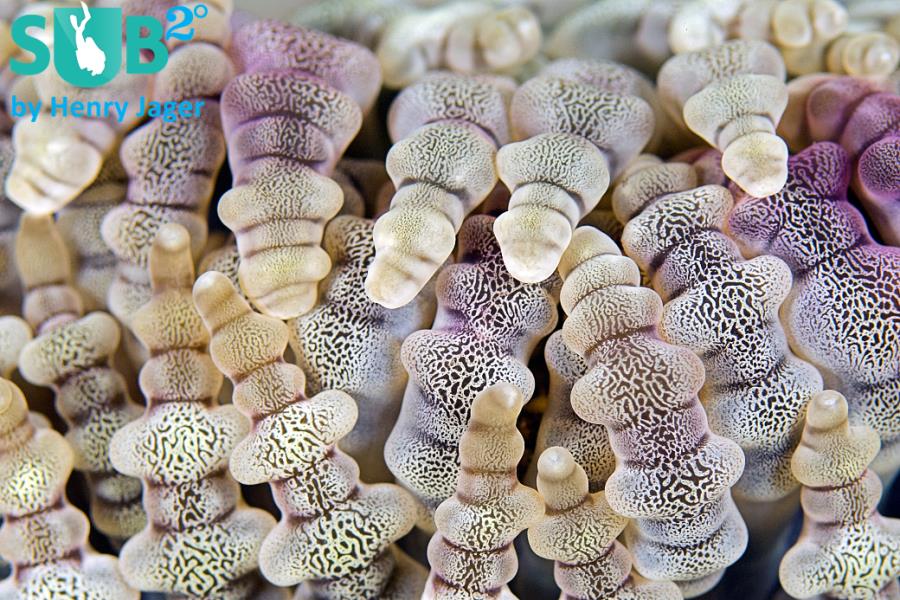
Reef-Art: Looking at the Reef...
Reef-Art shows fascinating insights to an underwater world, 99% of the divers never see. Reef-Art is the "Fine Art" of macro photography. It's a passion! The passion to bring your audience something they don't expect, they h...
-
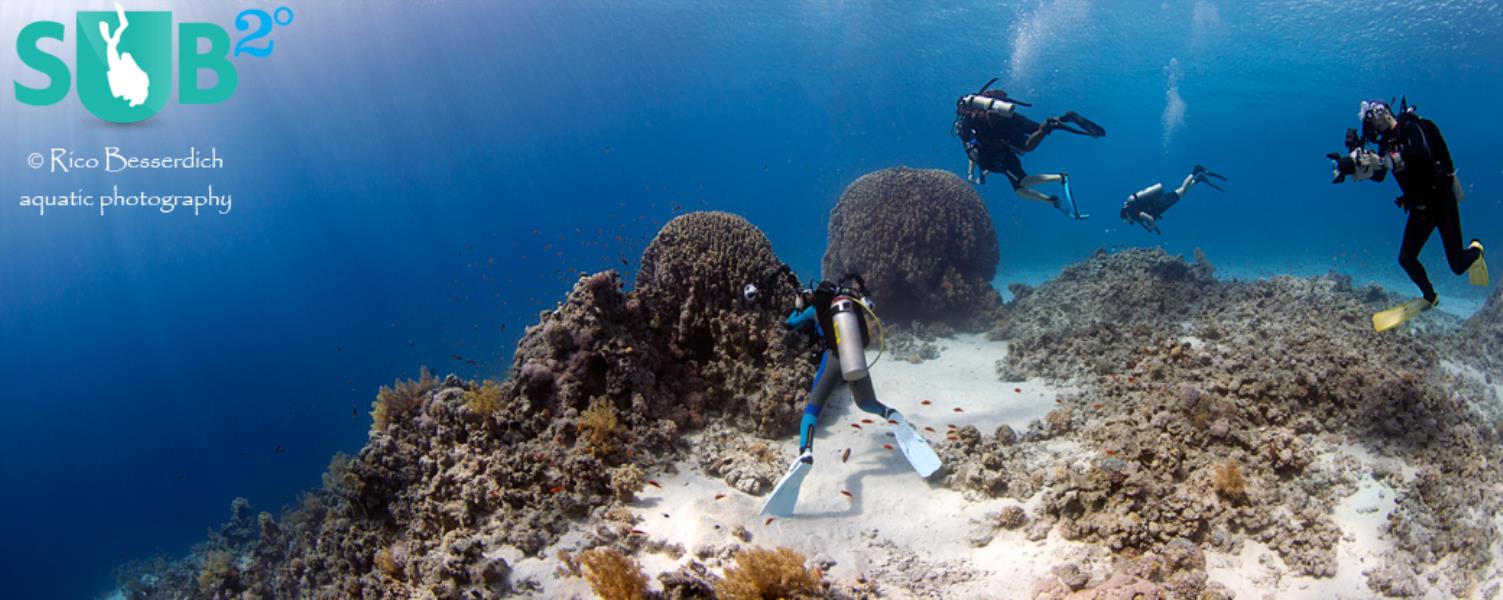
Underwater Photography: Shoot...
Are you ready for huge perspectives in your underwater photographs? Wide-angles are fine but do you want it even wider? Time to check out underwater panorama photography!
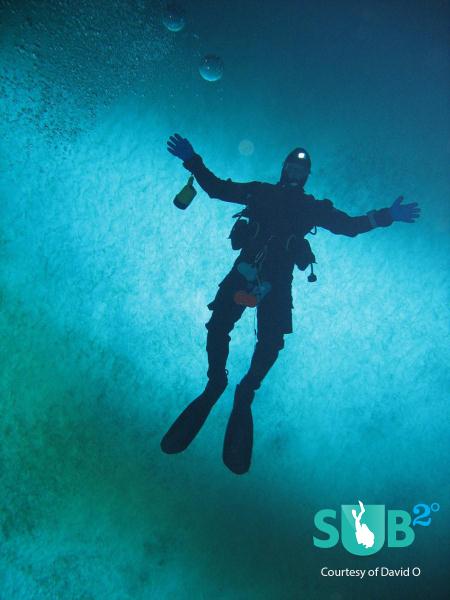
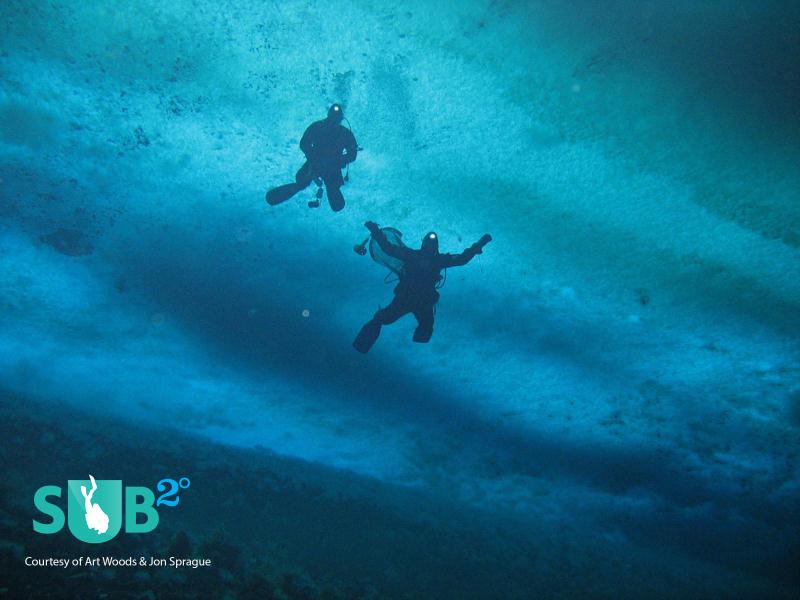


Load more comments